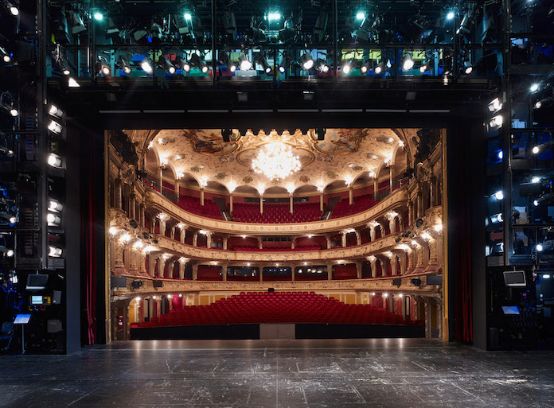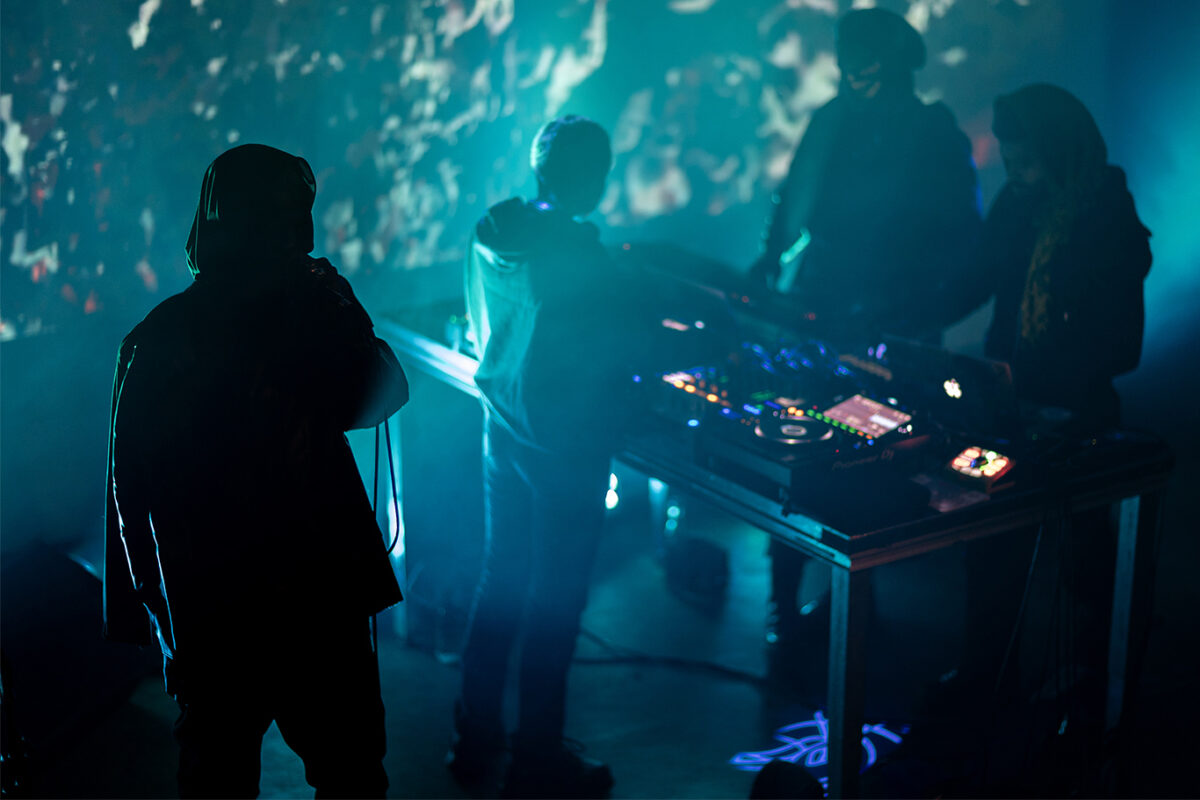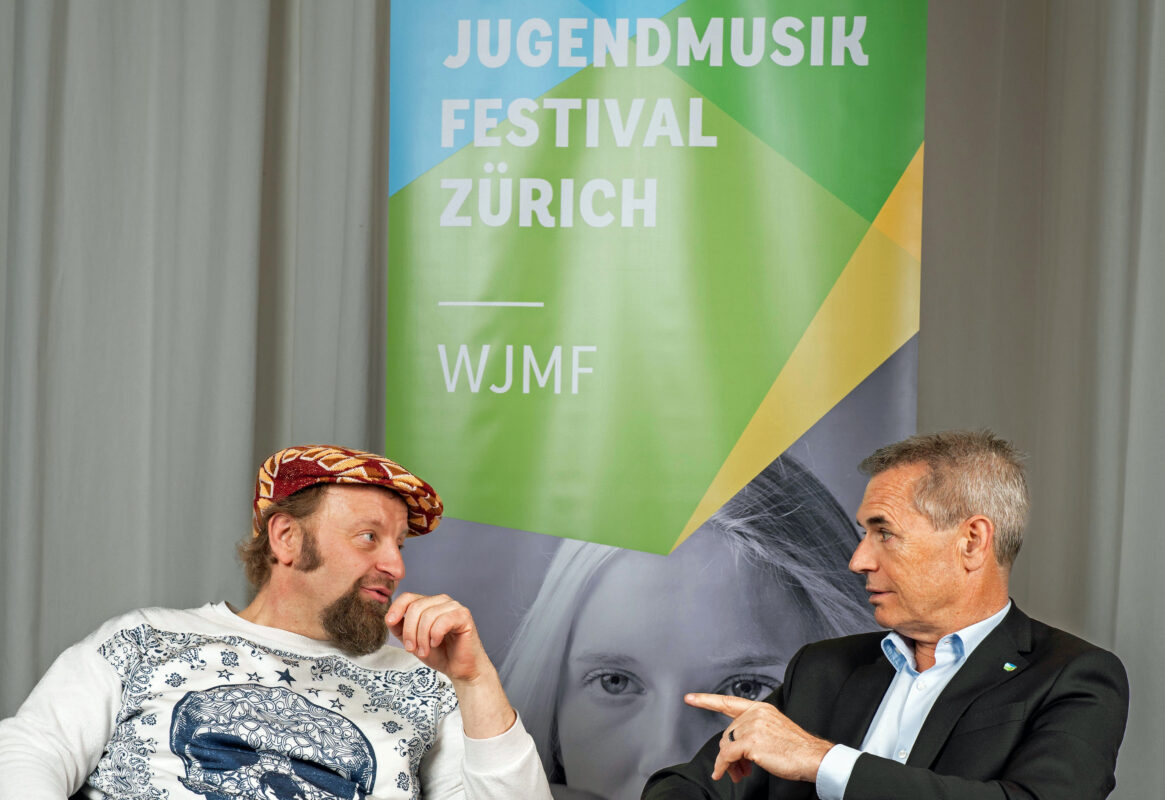Acoustically enhanced operas in spoken theater
The Zurich Opera House was originally designed for spoken theater. It therefore has good speech intelligibility, but too little reverberation time for opera performances. This has recently been corrected using technology from the German Fraunhofer Society.

Since the beginning of 2016, the historically evolved, complex loudspeaker infrastructure has been supplemented by the "SpatialSound Wave" technology from the German Fraunhofer Institute for Digital Media Technology IDMT. It can extend the reverberation time of the room. A signal is added to the original sound source. This increases the acoustic impression of the room. Effects and surround sound can even be adjusted spontaneously in live operation.
The audio objects can be positioned so that they can be at different distances from the listener. Effects can even be positioned as if they were sounding outside the room. Sound effects can be edited live and spatial, three-dimensional soundscapes can be created - without having to change the sound system or the room.
The software uses a process known as wave field synthesis. This involves different speakers forming a new acoustic waveform. None of the speakers play the same signal. Each one complements the neighboring one and contributes to the overall sound.








